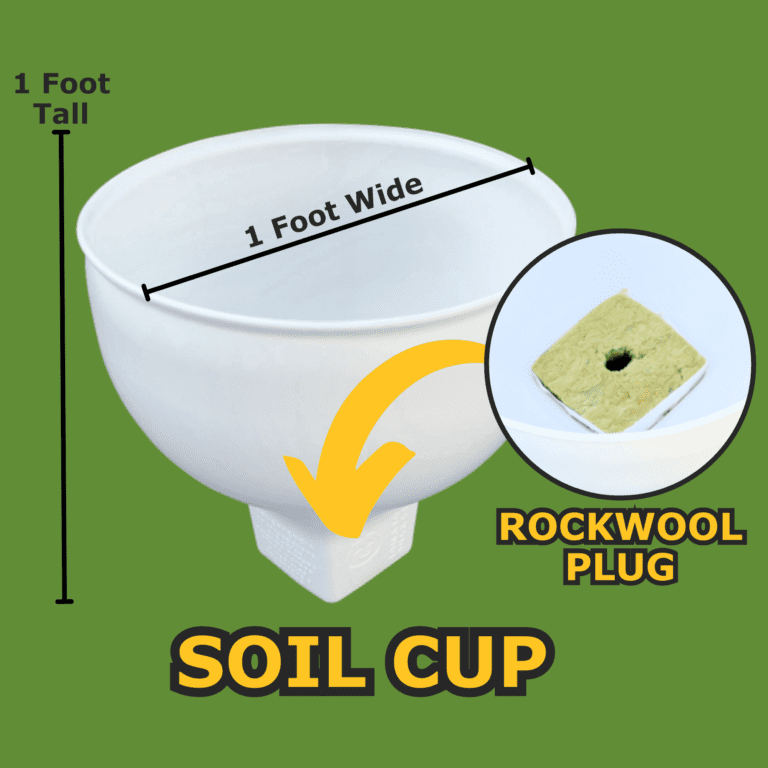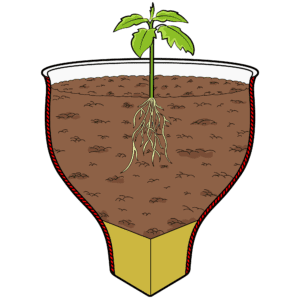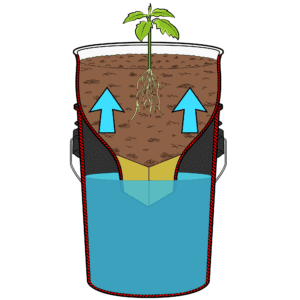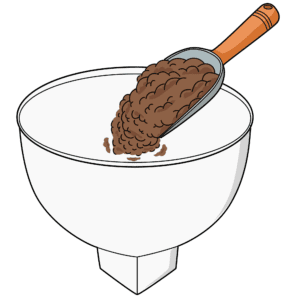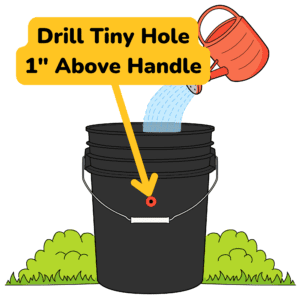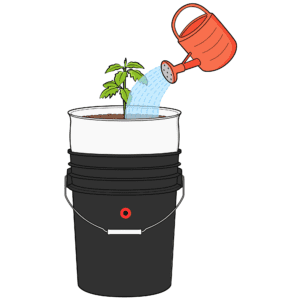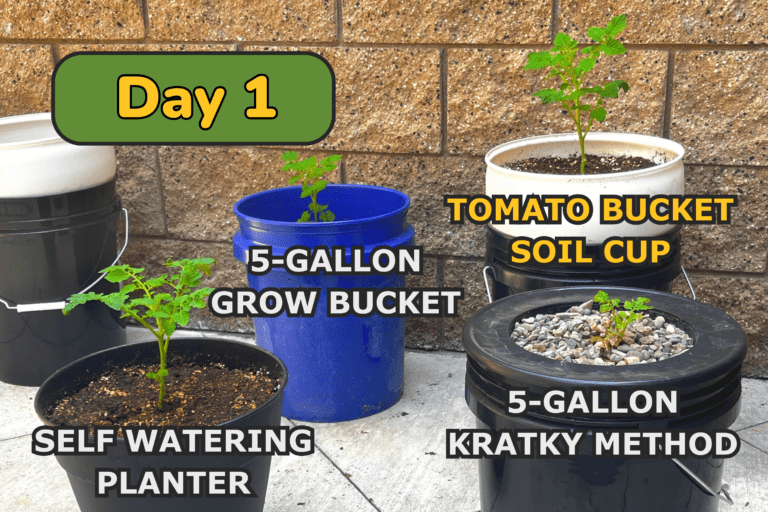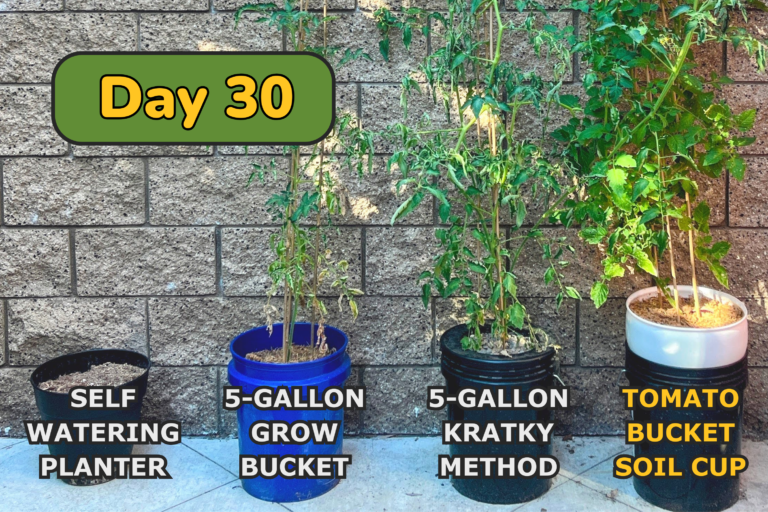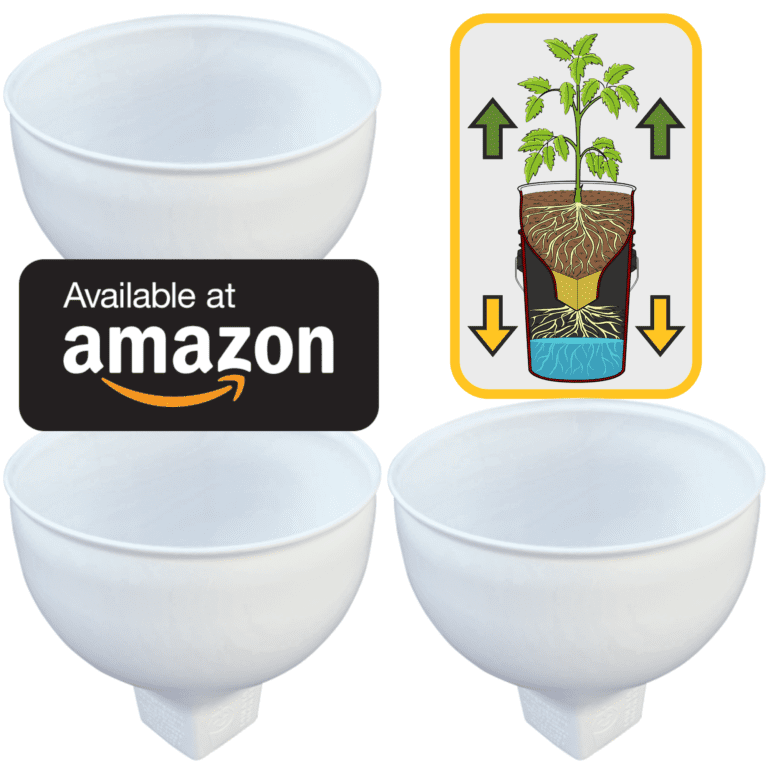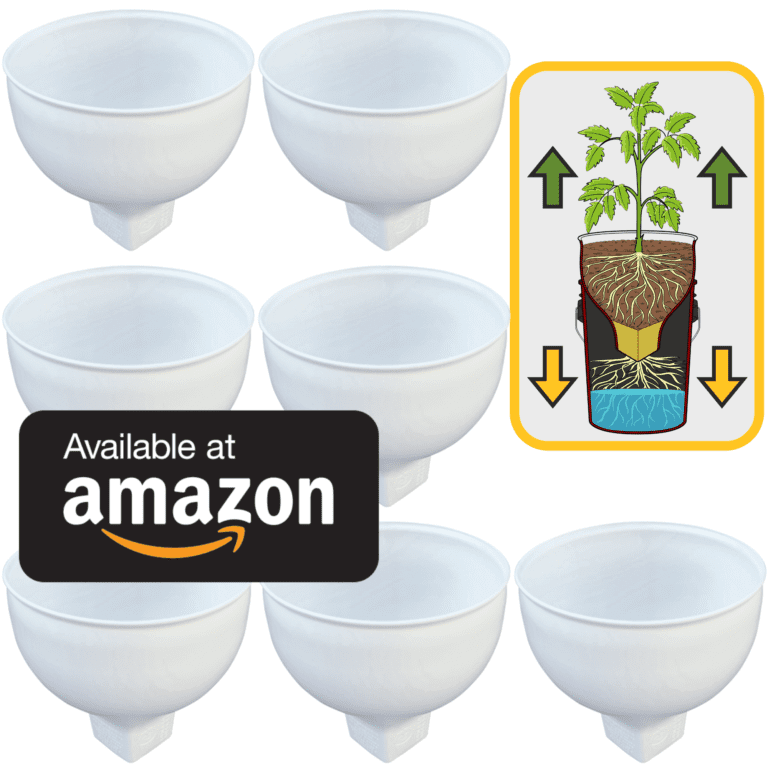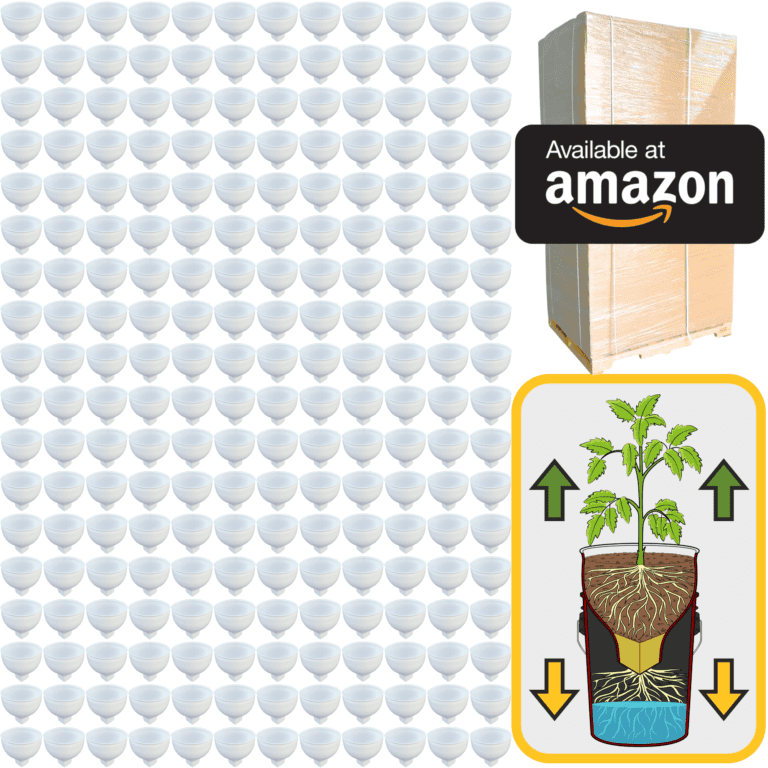Gardening is a dance with nature, and one of the most important partners in that dance is your environment. Every garden is shaped by the climate it exists in and the microclimates that develop within it. To grow a successful garden, you need to understand how your local weather patterns and the unique pockets of conditions in your space influence plant growth. Adapting your gardening practices to these factors is essential for giving your plants the best possible chance to thrive.
Climate is the big picture—how temperatures rise and fall throughout the year, how much rain your area typically receives, and how long the growing season lasts. These factors are not within your control, but understanding them helps you make informed choices. Your climate dictates which plants will feel at home in your garden and which might struggle to survive. When you work with the climate, gardening becomes easier and more rewarding because you’re selecting plants that naturally belong in the conditions you provide.
Start by getting to know your climate. Is your area prone to hot, dry summers? Or do you live in a cooler, rainier part of the world? Different plants thrive in different conditions. In arid regions, where water is scarce, succulents, cacti, and other drought-tolerant plants are ideal. They’ve evolved to store water and survive long periods of dry weather, so they’ll flourish with minimal watering. On the flip side, if you live in a temperate or wet climate, where rain is frequent and the soil stays moist, you might have better luck with plants that enjoy those conditions, such as ferns, hostas, or hydrangeas. The key is to select plants that are naturally suited to your region’s climate, so you’re not constantly battling the elements to keep them alive.
But climate is just one piece of the puzzle. Even within a single garden, conditions can vary dramatically depending on small-scale factors like sunlight, wind, and elevation. These are called microclimates, and they can turn one corner of your garden into a completely different environment from another. Recognizing and using these microclimates to your advantage is one of the secrets to a healthy garden.
For example, consider the way sunlight moves through your garden. One area might be bathed in full sun from morning to evening, while another corner is shaded for most of the day. This difference in light creates two distinct microclimates, each favoring different types of plants. Sun-loving plants like tomatoes, peppers, or sunflowers will thrive in the brightest spots, where they can soak up as much sunlight as possible. In contrast, shade-loving plants like ferns or impatiens will do better in the cooler, shaded areas, where they’re protected from the intensity of the midday sun.
Microclimates can also be influenced by structures, like your house, fences, or walls, which can create sheltered areas that stay warmer or more protected from the wind. A south-facing wall, for instance, will absorb heat from the sun and create a warmer microclimate that can extend your growing season for heat-loving plants. If you’re growing something like peppers or even a fig tree in a cooler climate, planting it near a wall like this can give it the extra warmth it needs to thrive.
Similarly, if your garden is exposed to strong winds, this creates a different kind of microclimate. Wind can dry out the soil quickly and damage delicate plants. In this case, you might want to plant sturdy shrubs or trees as windbreaks, creating a more sheltered area for other plants that are more sensitive. Even simple barriers, like trellises or fences, can make a huge difference in reducing the impact of wind on your plants.
Water is another key factor influenced by microclimates. If your garden has areas where water tends to pool after rain or where the soil stays consistently moist, that’s a perfect spot for plants that love wet conditions, like irises or marsh marigolds. On the other hand, areas that drain quickly and dry out faster will be better suited to drought-tolerant plants like lavender, rosemary, or sedums. By observing how water moves through your garden and where it tends to collect or evaporate quickly, you can choose plants that are best adapted to those specific spots.
The slope of your land also creates microclimates. Plants at the top of a slope will experience better drainage, as water runs downhill, but they may dry out more quickly. Plants at the bottom of a slope, on the other hand, might end up in soggy soil after heavy rains, as water collects there. When planting on a slope, it’s important to consider these variations in moisture. Drought-tolerant plants like thyme or sage will do well at the top, while moisture-loving plants like astilbe might prefer the bottom.
Adapting your gardening practices to the microclimates in your space goes beyond just choosing the right plants. It also means adjusting how you care for your garden. For instance, in a hot, sunny microclimate, plants may need more frequent watering to keep the soil from drying out too quickly. Mulching can help conserve moisture, reduce evaporation, and keep the roots cool. In shaded, cooler areas, you may not need to water as often, but ensuring good drainage is crucial to avoid soggy soil and root rot.
Understanding your garden’s microclimates can also help you better manage extreme weather. In hotter climates, using shade cloth or placing plants in naturally shaded areas can help prevent heat stress. In cooler climates, placing plants in sunnier, sheltered spots, like next to a south-facing wall, can extend their growing season. Being mindful of how your plants experience their environment day by day, as well as season by season, will allow you to fine-tune your approach.
Gardening in harmony with your climate and microclimates makes everything simpler and more enjoyable. Instead of constantly fighting against nature—trying to grow plants that aren’t suited to your conditions—you’ll find that your garden thrives when you work with the environment you have. It’s less about controlling everything and more about paying attention, observing how the sun moves, where the wind blows, and how the rain falls. The more you understand your garden’s natural rhythms, the more successful and rewarding your gardening will be.
At the end of the day, gardening is about balance. By respecting the climate and microclimates that shape your garden, you create a space where plants can thrive naturally, with less intervention. You’re not just a gardener; you’re a steward of a small piece of the natural world, working in partnership with the conditions you’ve been given. Each microclimate becomes an opportunity to grow something unique, and every climate challenge becomes a chance to adapt and learn.
This is the joy of gardening—the deeper connection you develop with your environment, the sense of discovery as you learn what works best in your space, and the satisfaction of seeing your plants flourish because you’ve taken the time to understand and support their needs. When you garden with your climate and microclimates in mind, you’re not just growing plants—you’re creating a living, breathing ecosystem that reflects the beauty and diversity of the natural world around you. And that’s the true magic of gardening.

